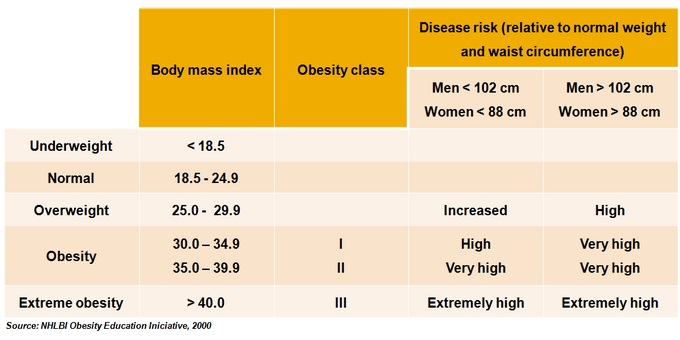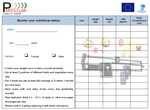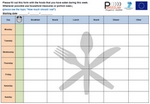
Clinical nutrition
Clinical nutrition evaluation is an integrated approach, based on an individual assessment, that will be used to determine your nutritional status and a dietary plan according to your needs will be defined.
The first aspect that should be taken into account during a clinical nutrition evaluation is the nutritional risk factors for older adults. This is very important, and aspects such as medication, society, health status and cognitive status, among others have to be considered.
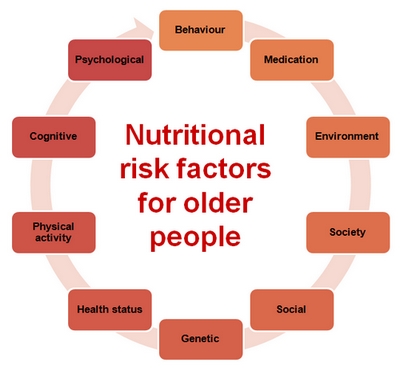
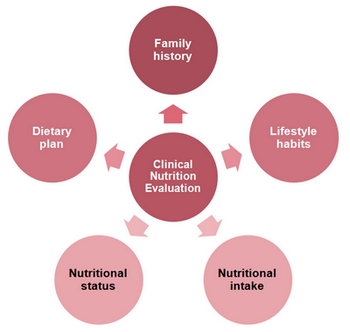
Objectives of the clinical nutrition evaluation
- Determine the goals for the nutritional intervention
- Identify the existence of deficiency/excess on the nutrient intakes
- Plan a dietary intervention meeting the subject needs
- Monitor the progress of the subject, during the nutritional intervention
Parameters that should be taken into account during the clinical nutrition evaluation
Family history
The patient will be interviewed with respect to family history, namely obesity, diabetes, high blood pressure among others.
Lifestyle habits
A questionnaire regarding lifestyle habits will be applied, to evaluate physical activity, smoking habits, medication, supplementation, and so on; Moreover, subjects can be questioned regarding mobility, appetite, chewing difficulties, etc.
Nutritional intake
For nutritional intake, different screening tools can be applied, examples are the Mini-Nutritional Assessment, Food Frequency Questionnaires and the 24-hour Dietary Recall.
Nutritional status
For the nutritional status evaluation, skinfolds, weight, height, body mass index and bioimpedance can be evaluated.
Nutritional intake
The dietary plan is an important part of the intervention of the nutritionist. Some points such as dietary needs, meals and food groups will be explained. Then an example of a dietary plan will be presented.
In order to evaluate the nutritional intake of a subject, the nutritionist will ask you some of the following questions:
- current food and fluid intake - changes in appetite and oral intake - presence of factors that can compromise nutrient intake - changes in meal patterns - difficulties in buying, preparing or cooking food - identify foods that you do not like - physical problems affecting eating - who prepares your meals - how many meals do you take per day - how many times do you eat per day - how much time do you have to prepare your meals - where do you eat your meals - etc...
Afterwards, the nutritionist can apply some tools to evaluate your nutritional intake, for example:
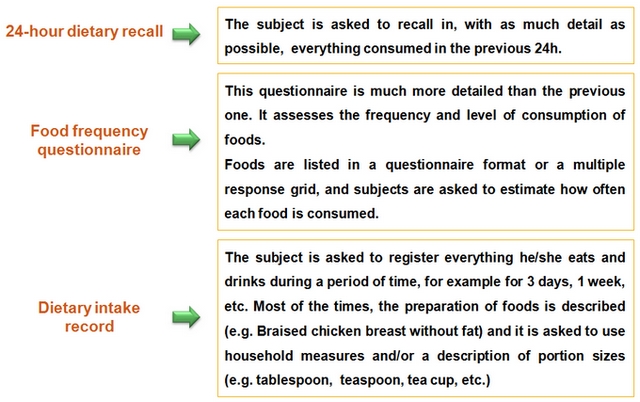
This is a form to make a 24-hour dietary recall. Fill it with as much detail as possible about everything that was consumed in the previous 24 hours:

Anthropometric parameters can be useful for the nutritionist in order to evaluate your health and nutritional status.
In the nutrition clinical practice, body composition, can be assessed by measurements of body weight, adiposity, muscle mass, electrolyte levels and water content, among others.
The most common parameters assessed to evaluate the nutritional status of a subject are the height and weight, to calculate the body mass index, and the waist circumference, to predict the level of disease risk.
Height

The individual to be measured should be barefoot or in thin socks and wearing little clothing so that the positioning of the body can be seen.
He or she should stand on a flat surface, with weight distributed evenly on both feet, heels together, and the head positioned so that the line of vision is perpendicular to the body.
The arms hang freely by the sides, and the head, back, buttocks, and heels are in contact with the vertical board.
Weight

An individual who is able to stand without support is weighed using a leveled platform scale with a beam and movable weights.
He or she stands still in the centre of the platform, with the body weight evenly distributed between both feet.
Light indoor clothing can be worn, but shoes, long trousers, and sweaters should be removed.
Waist circumference
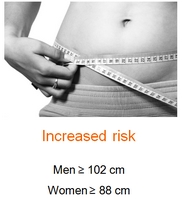
The subject stands comfortably with his or her weight evenly distributed on both feet, and the feet about 25-30 cm apart.
The measurement is taken midway between the inferior margin of the last rib and the crest of the ilium, in a horizontal plane.
Each landmark should be palpated and marked, and the midpoint determined with a tape measure and marked.
The observer sits by the side of the subject and fits the tape snugly but not so tightly as to compress underlying soft tissues.
Body mass index

Body mass index (BMI) is a simple index of weight-for-height that is commonly used to classify underweight, overweight and obesity in adults.
It is defined as the weight in kilograms divided by the square of the height in metres (kg / m2).
Afterwards, the nutritionist will fix your dietary plan until the next appointment.
This dietary plan will be designed according to your individual needs, with respect to nutrient requirements, but also taking into account your preferences, daily activities, etc.
Moreover some practical examples can be explained. For example with respect to the nutritive value of a specific meal and/or for a recipe.
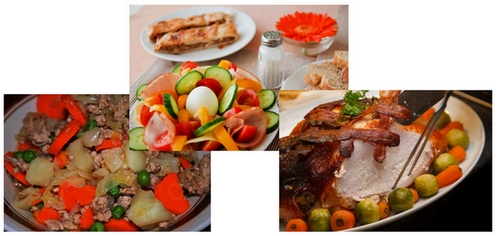

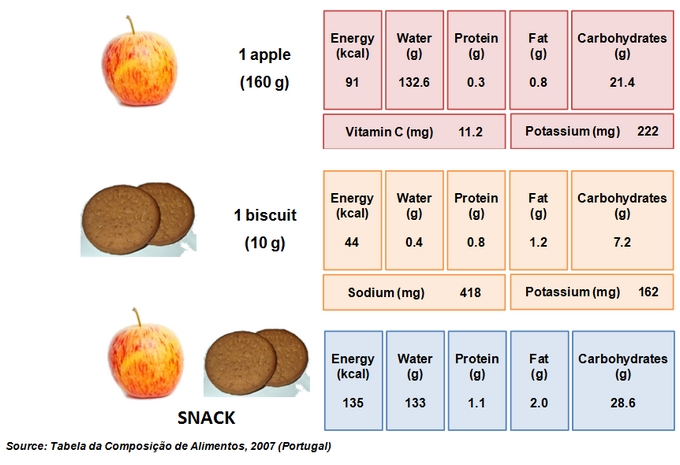
Green beans soup
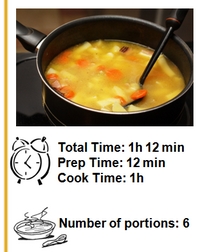
300 g of carrots 2 onions 1 potato 1 courgette 1 tomato 100 g of green beans salt olive oil corianders, fresh
Cut carrots, onions, potato and courgette into small cubes. Remove the tomato skin and seeds and cut into small pieces. Place into a pan and bring to boil in water seasoned with salt and a drizzle of olive oil. Also add a small bunch of fresh corianders. After the vegetables are cooked, mash the ingredients. Wash the green beans and cut into small pieces. Add the green beans to the puree and let it cook.
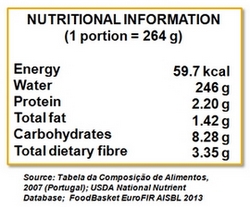
Use this form to make a record of what you eat during this week. Whenever possible use household measures or portion sizes:

